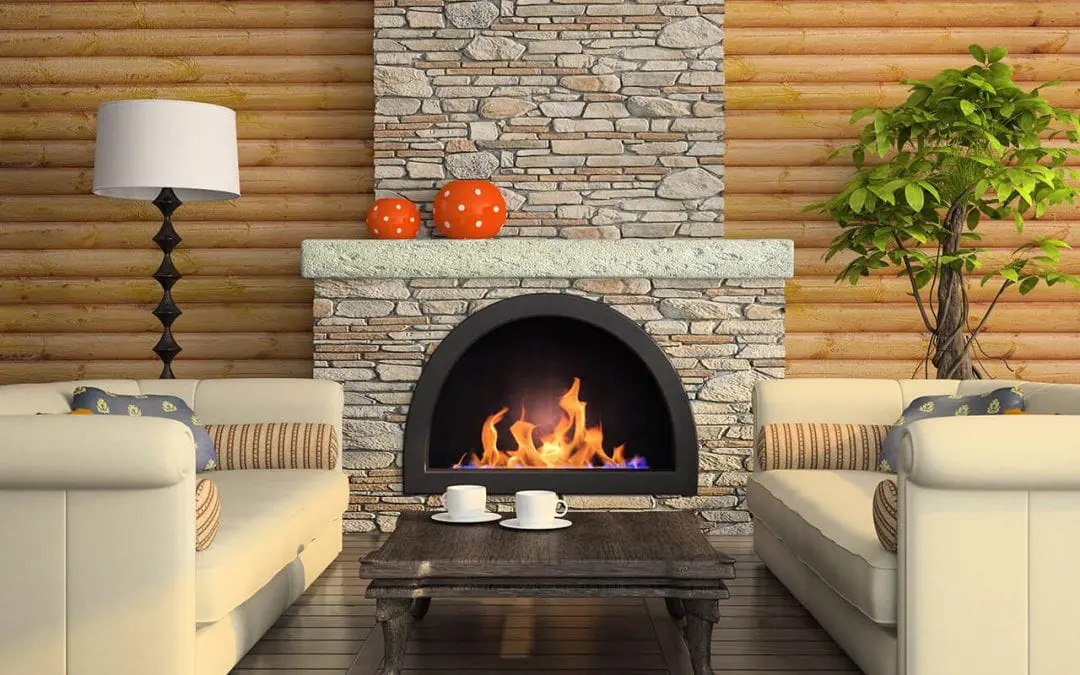House fires happen across the country every year. Stay cozy and safe with your family this winter by learning how to prevent chimney fires.
Six Ways to Prevent Chimney Fires
Your chimney’s job is to safely direct smoke and other by-products out of your home while allowing everyone to enjoy warmth and comfort inside. A chimney fire can start with a stray spark. High temperatures can ignite creosote buildup and cause a chimney fire.
Know the condition of your chimney and understand that a dirty or clogged chimney is a fire hazard. An annual inspection is one of the best ways to ensure that your chimney is in great shape and ready to use. The following tips are helpful in preventing chimney fires.
1. Clean the Chimney
You can scratch your finger on the inside of the chimney wall to determine if it needs to be cleaned. There should not be more than one-eighth of an inch of build-up on the wall. An annual cleaning is recommended to remove creosote, animal nests, and other debris from the chimney.
2. Order an Annual Chimney Inspection
A defect in the chimney can cause a fire. A cracked flue liner or a venting issue should be addressed by a trained professional. Hire someone to perform a chimney inspection to assess the condition of the masonry and identify any problems that could contribute to fire.
3. Reduce Creosote Build-up to Prevent Chimney Fires
After your annual chimney cleaning, burn only dry, well-seasoned hardwood that’s been dried out for at least six months. The moisture content in your firewood should not be higher than 20 percent. Use a moisture meter to test the material you will be burning in your fireplace.
4. Install a Chimney Cap
A chimney cap helps prevent animals from nesting inside of the flue. Twigs, leaves, and bird and rodent nests inside the flue can ignite and start a fire. A cap will help stop downdrafts that blow smoke back down the chimney and into your home.
5. Prevent Chimney Fires by Building Smaller Blazes
A small and hotter fire will not produce as much creosote as a bigger fire. Smaller, well-managed fires produce less smoke and soot.
6. Install a Chimney Liner
A liner is part of every good prevention plan. A chimney with a liner offers better airflow and a clearer exhaust passage.
Good chimney maintenance and exceptional care will go a long way in terms of adding safety to your environment. Put the information to use and enjoy a cozy and safe fire to warm your family.
Homeworx Services, Inc. offers home inspection services to the northern part of Virginia. Contact us to schedule an appointment.

